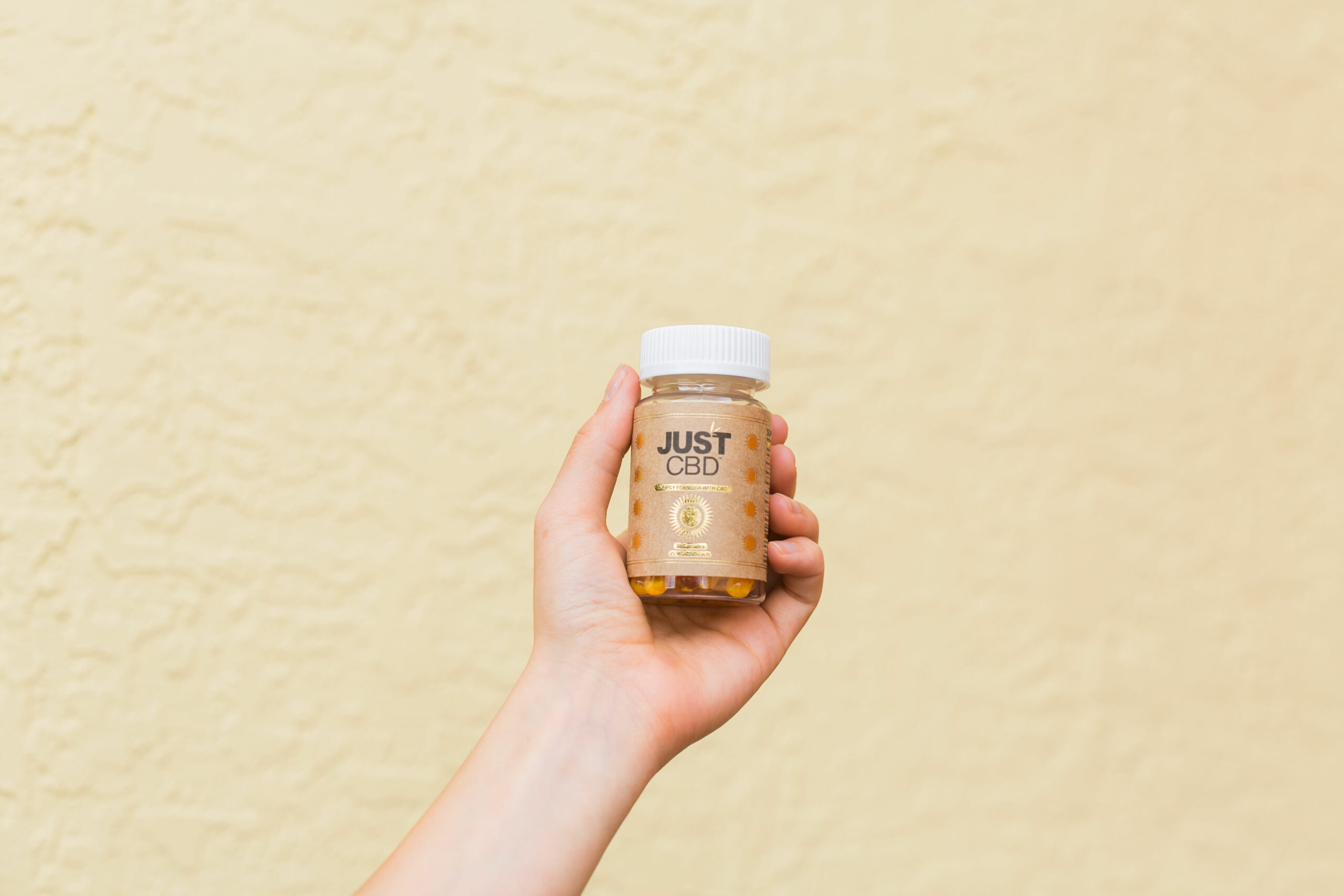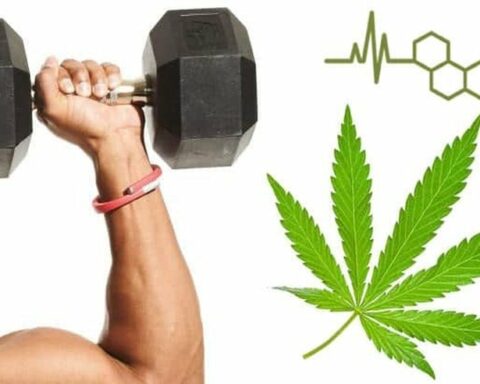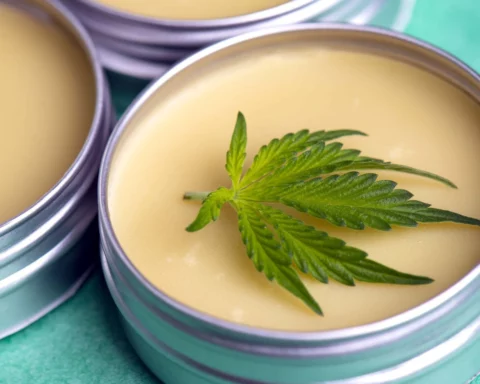Although not proven, everyone who has worked with CBD will attest to its effectiveness in alleviating the pain of all kinds. Nonetheless, research is currently being undertaken to demonstrate the impact of CBD products on various illnesses. The uses of CBD topicals and their effects on the body are further discussed below.
Uses of CBD Topicals
Musculoskeletal issues are one of the most popular uses of topical CBD medicines. According to a 2019 Arthritis Foundation analysis, 79 percent of the 2,600 arthritis sufferers polled have considered using CBD. 29% assert they were actively using it to treat arthritis symptoms, with 55 percent using a topical medication administered on the joints. Another 2016 study showed that CBD creams could help to alleviate pain and inflammation behavior resulting from arthritis.
According to a 2019 study, patients who suffer from temporomandibular dysfunction (TMD) may improve their health after consuming CBD products. TMD can cause discomfort and stiffness around the jaw, making movement difficult.
A 2020 research discovered that CBD oil could help individuals with peripheral neuropathy, a type of nerve disease that causes irritation, numbness, and weakness in the hands and feet.
How CBD Topical Works for Pain
The soothing sensation in CBD products is derived from other ingredients in the cream. Consumers must read labels and packages and go through the Certificate of Analysis to confirm active ingredients. CBD is only effective when used topically. If you have body soreness, you’d have to use a lot of CBD cream to obtain relief, which can be laboriously expensive.
High-quality, strong topical CBD solutions provide temporary pain and discomfort alleviation. Cannabinoid receptors are abundant in the skin; therefore, when CBD is administered topically, it stimulates the endocannabinoid system via cannabinoid receptors in the epidermal and dermal layers of the skin relieving inflammation and pain. Topical CBD is also a useful treatment for several skin conditions due to its anti-inflammatory properties. Only then can you evaluate the amount of CBD per “serving” of topical application, as a CoA displays the weight proportion of CBD and other cannabinoids, including THC. Human skin is extremely absorbent and will absorb much more than CBD in topical lotions, gels, and oils. Check the contents list to ensure you’re not putting something on your skin that you’re allergic to or that, if absorbed, could interact with your prescriptions.
Does It Work
Reliable topical CBD solutions don’t only cover pain and inflammation but, according to Matthew Halpert, an immunology instructor at Baylor College of Medicine in Houston, also they can alleviate pain go away for some time due to the skin’s cannabinoid receptors.
How To Choose CBD Topicals
Consult Your Doctor
If you want to test a CBD product, it is safe to let your doctor know that you have an underlying illness that necessitates you to take medication daily. CBD interacts with other medications, but this is more of a worry with CBD consumption than CBD applied topically. According to the Arthritis Foundation poll, 66% of respondents have discussed CBD with their doctor.
Be Careful With Exaggerated Claims
CBD product manufacturers are not authorized to make any medical claims on their products. Therefore look out for Claims such as “cures cancer, diabetes or hypertension.” Unless proven, these claims give misleading advice and may not give you the best results.
Pay Close Attention to the Label
Double-check that you aren’t sensitive to any of the other substances in the topical medication. (According to Liogier-Wayback, there are no cases of CBD allergies in the medical literature.) Moreover, you may have other ingredient sensitivities, such as cruelty- and paraben-free, and no GMOs.
Obtain an Authenticity Certificate
Search online or ask the company for their Certificate of authenticity, such as Certificate of analysis which confirms that the product has been tested in a third-party laboratory and will provide a batch breakdown of the CBD content and other compounds (pesticides and molds). An independent, third-party lab should complete the report and issue it to the company.
Isolate Vs. The Whole Spectrum
Which is better? Another thing to look for on the label is whether the CBD in the product is isolated or full spectrum. This is crucial because isolates often require substantially greater effectiveness. In contrast, Full-spectrum CBD is often more useful and effective at considerably lower levels.
Note that oral CBD taken in big doses shows limited promise in dealing with anxiety concerns that may cause diarrhea, decreased appetite, exhaustion, and interactions with other medications, particularly blood thinners.
Conclusion
Consumers must be educated and create a trusting patient-doctor connection before discussing the use of CBD topicals and other products. Nevertheless, inquiring about the company’s quality control, such as how frequently they document ingredients, can also assist in vetting the product. With successful clinical trials, CBD pain treatment could be combined with THC-containing drugs in the future, or CBD could be used with opioids. But, we are only scratching the surface of what CBD’s involvement in pain is for the time being.
References
Philpott, H. T., O’Brien, M., & McDougall, J. J. (2017). Attenuating early phase inflammation by cannabidiol prevents pain and nerve damage in rat osteoarthritis. Pain, 158(12), 2442.
- Is Mushroom Coffee Worth the Hype? An Expert’s Take - April 19, 2024
- Missionary Position – Least Likely To Bring You To Climax - April 7, 2023
- Vibrators could put you in Jail - March 31, 2023









